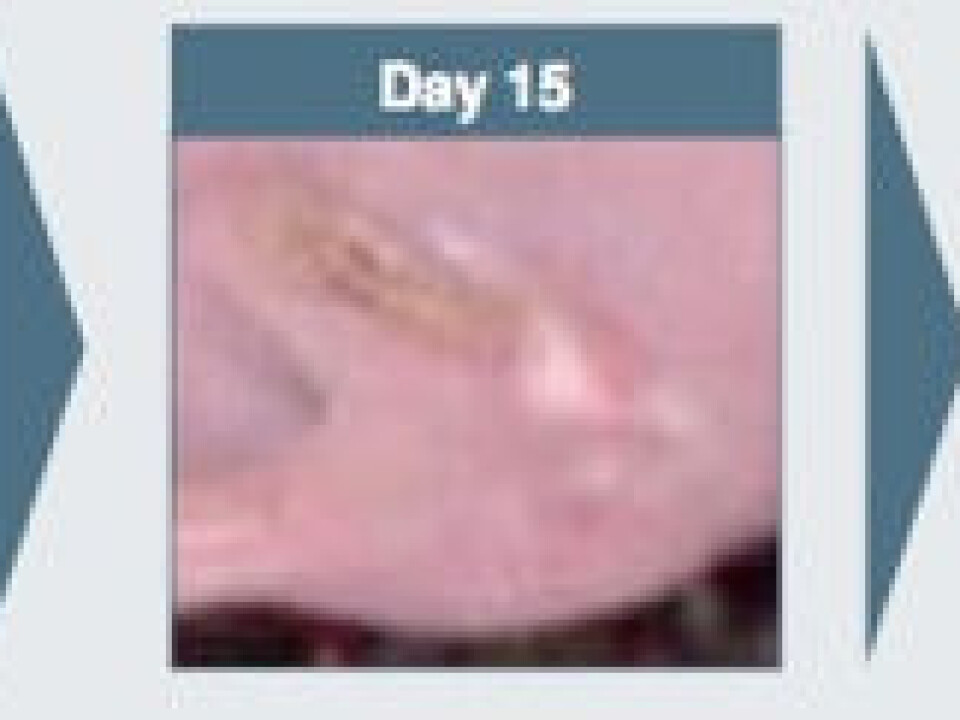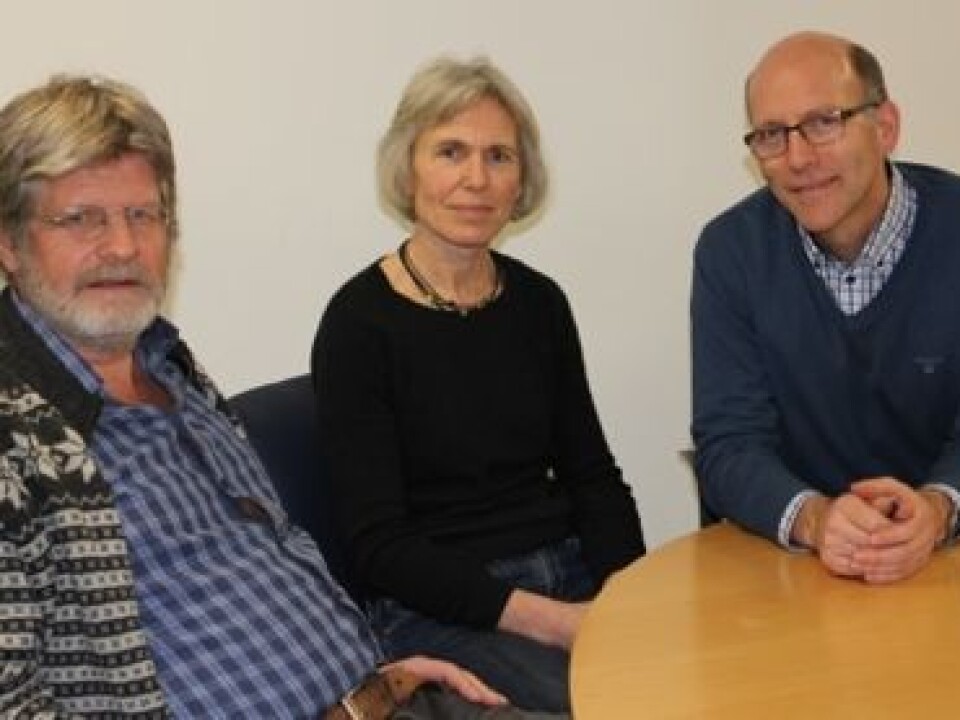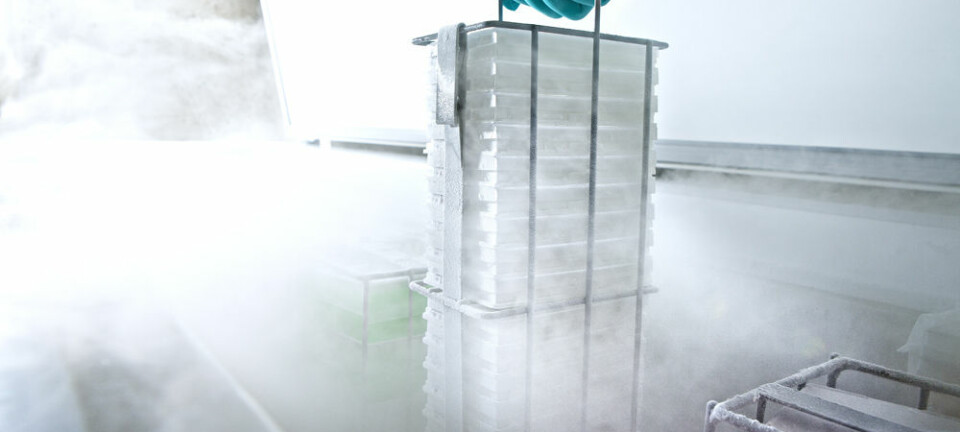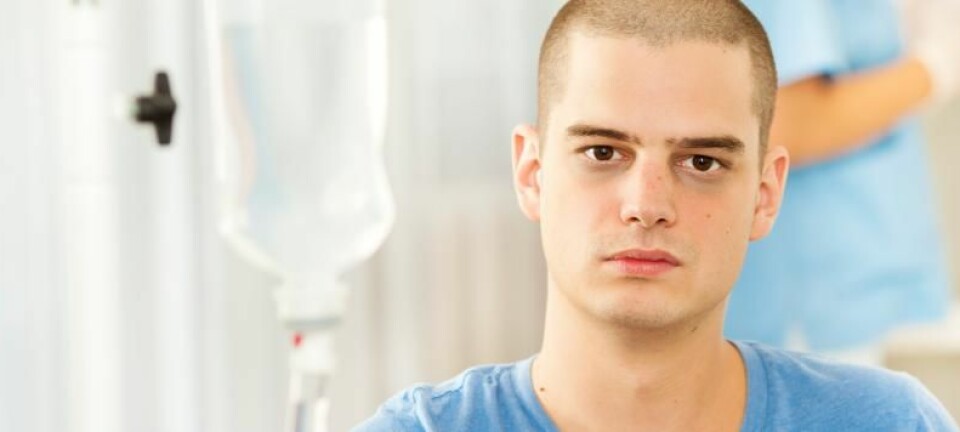
Photochemicals brighten hopes in bile duct cancer treatment
A Norwegian technology for delivering cancer-fighting medications to targeted parts of the body is showing promising results. The technology has been used on cancers in the head and neck region and will now be tried out on cancer of the bile duct.
Denne artikkelen er over ti år gammel og kan inneholde utdatert informasjon.
Cancer of the bile duct, cholangiocarcinoma, is a very serious disease. It can be removed surgically in 25 – 30 percent of all cases. But too few options are available to the remaining patients.
The Norwegian biopharmaceutical firm PCI Biotech is attempting to treat the latter group at Aintree University Hospital in Liverpool.
Bile duct cancer is rare. About 150 people in Norway are afflicted by it annually.
“These are patients who have a greater need for better treatment than is offered today," says Chief Scientific Officer Anders Høgset at PCI Biotech. "We firmly believe that we can help them with our technology.”
Red laser light against cancer

The company's technology is called photochemical internalisation (PCI) and it is based on light.
In traditional chemotherapy, chemotherapeutic drugs are fed into the blood stream to circulate. They kill cells that divide rapidly, which is a key property of cancer cells. But they also attack healthy cells with the same properties, such as bone marrow cells. Cancer cells in the bile duct are hard to specifically target.
The new technology enables doctors to deliver the chemo agent effectively where they want it, to cancer cells.
A red laser light is directed at the area of the body where the medicine is needed.

To be effective the body of the patient also has to be given a chemical substance that makes cells more sensitive to light.
Hundred times more effective
The pharmaceutical firm has designed a new molecule. The compound containing these molecules is inserted into the patient’s body. After a few days the patient is given the type of chemotherapy agent doctors have chosen. The doctors later direct the laser light to the cancerous tumour.
The illumination triggers processes in the cancer cells that intensify the effect of the medicine.
“In laboratory tests we have managed to increase the effect of some chemo agents significantly, almost 100 times at best,” says Høgset.
Shrinking tumours
PCI Biotech is involved with a study involving patients with cancer in the head and neck region. The first phase has shown promising results. Most of the patients experienced some sort of remission, tumour shrinkage. In some cases tumours disappeared entirely.
Cancers in the head and neck region are often treated surgically, which can severely change the patient's appearance or his or her ability to function.
“The patients we treated were very sick, with metastasis of their cancer. So we cannot say anything about overall survivability rates, but the effect on the tumours we treated was excellent,” Høgseth said. He notes that the tumours they treated were easy to treat, and were not necessarily the primary tumour.
The technology used enables the medicine to target the cancerous tumour. If the patient’s cancer has spread to other parts of the body the metastasised cells can be treated while they are still few in number and their locations are known. Høgset explains, however, that if the cancer has spread beyond a certain point, this technology will not be able to treat it.
The second phase of this study has now begun.
No serious side-effects
The researcher says that PCI Biotech’s patented molecule results in very few side-effects. The exception is sensitivity to light.
“The substance is non-toxic. It just has an effect when light is shined on it. But that means you have to be careful with light. If you expose yourself to sunlight too early after treatment you run the risk of severe sunburn. Indoor light is rarely a problem,” say PCI Biotech representatives.
Benign treatment
The head and neck patients who have relapses and have received so much radiotherapy or surgery that they cannot be given any more can benefit greatly from PCI Biotech’s method.
“We are not aware of any upper limit to how many treatments patients can be given with this method, as compared for instance to radiotherapy. So we hope patients can continue to be treated several times to alleviate their cancer symptoms of cancer and have better and longer lives,” says Høgset.
----------------------------
Read the Norwegian version of this article at forskning.no
Translated by: Glenn Ostling


































